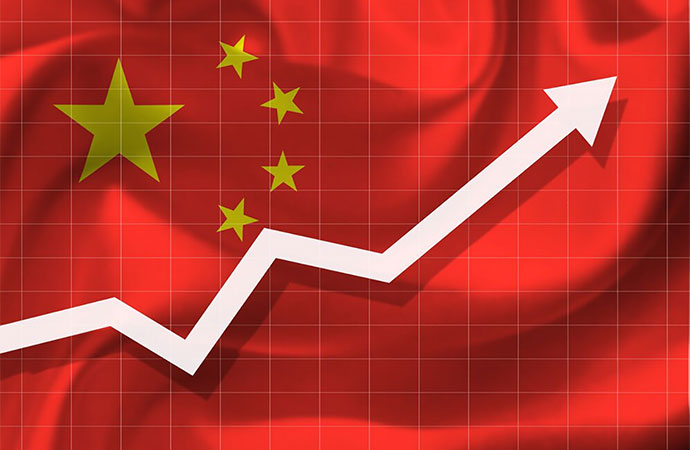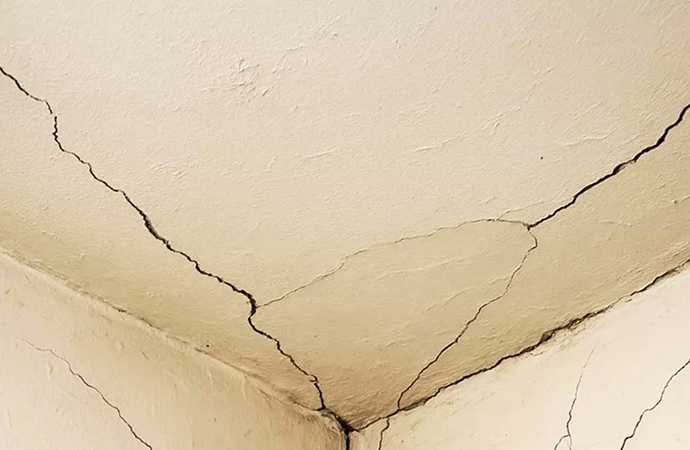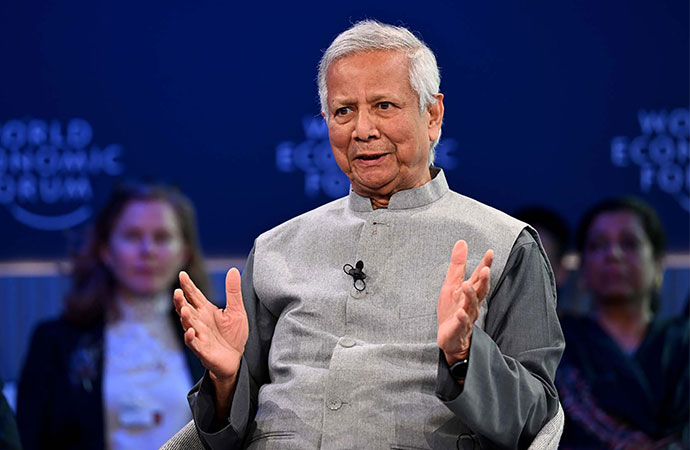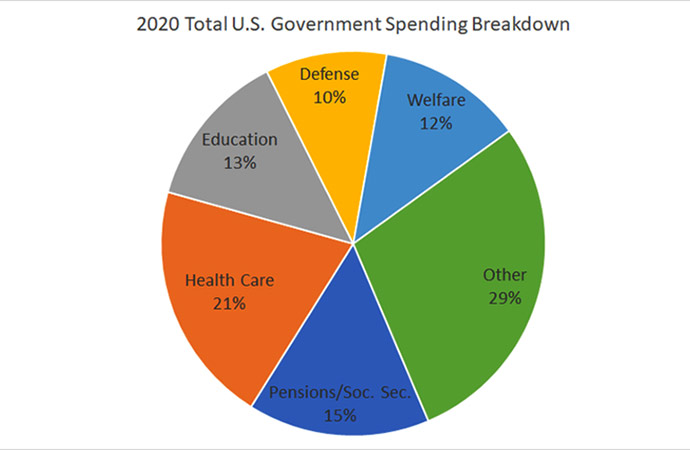Business

Freepik
China's first-quarter macro data came in stronger than expected. GDP grew by 5.4% year-on-year, supported by robust industrial output, quicker services activity, and stronger domestic demand. But while the numbers offer reassurance, the world is looking at how the Chinese economy is positioning itself for what comes next.
With U.S. tariffs on Chinese goods soaring to 145%, many are asking: can China withstand this wave of pressure?
There are signs that it can, not out of bravado, but out of quiet strength.
Retail sales, a proxy for consumption, rose by 4.6% in Q1, with March accelerating to nearly 6% year-on-year and easily beating a Bloomberg poll that forecasted a 4.3% rise in March. But it's the quality of consumption that stands out. We see double-digit growth in upgraded consumer goods such as smartphones, appliances, and office tech. Online retail now makes up nearly a quarter of all consumer spending.
At the same time, the value-add of high-tech manufacturing surged by nearly 10%. Equipment manufacturing, the backbone of industrial strength, jumped by nearly 11%. These are not just momentum signals, but signs of retooling for a more innovation-led future.
Policy is leaning in. Investment in high-tech industries rose by 6.5%, with standout gains in sectors like aerospace, computing, and information services. Disposable income grew by 5.6% in real terms, and rural incomes outpaced urban, as China continues to lay the groundwork for more inclusive domestic growth.
We can expect a strong policy response from Beijing to offset a challenging external environment, especially as China expands domestic demand as a strategic priority. China is already the world's second-largest consumer market, and I believe external pressure will only accelerate its transition toward becoming the world's largest. Policymakers are accelerating efforts to shift export-oriented firms toward the domestic market.
China's structural resilience has deepened over the past few years. Even as trade tensions simmered and external demand faced headwinds, China has diversified its export destinations, bolstered its domestic consumption base, and further moved up the value chain.
The country has also become something of a geoeconomic shock absorber. In a world where policy unpredictability has become a feature rather than a bug, from inflation shocks to protectionist turns, China's steady macro policy framework, its fiscal and monetary buffers, and its commitment to supply chain continuity offer a degree of strategic stability. In that sense, China is positioning itself not as a victim of protectionism, but as a stabilizer in a fragmenting global economy.
Despite challenges, the country is confident in achieving this year's economic growth target.
None of this means the road ahead is easy. But resilience is rarely loud.
China is moving decisively to rebalance, prioritizing innovation-led, digital, and green growth, while unleashing domestic demand.
The broader lesson here is one of long-term strategy over short-term noise. While tariffs may reshape trade flows and dent margins in the short term, they do not derail an economy of China's scale and depth.
As China's first-quarter macro data comes into focus, the real question investors and businesses should ask is not if China can weather the storm, it certainly can.
The better question is: how is China turning pressure into strength and what kind of economy it's becoming in the process?
Those answers will prove more enduring than the headlines.
The author is an anchor at CGTN.

























Leave a Comment
Recent Posts
The forensic clean up of the f ...
Much of the coverage centring the surge in Non Performing Loans (NPLs) ...
Hong Kong’s deadliest fire in ...
Hong Kong’s deadliest fire in decades left at least 44 people de ...
False document submission hurts genuine students’ ch ..
The Missing Ingredients for Peace in Palestine
Songs of Hyacinth Boats & Hands: Reading Conversatio ..
Executive Editor Julie Pace on why AP is standing fo ..